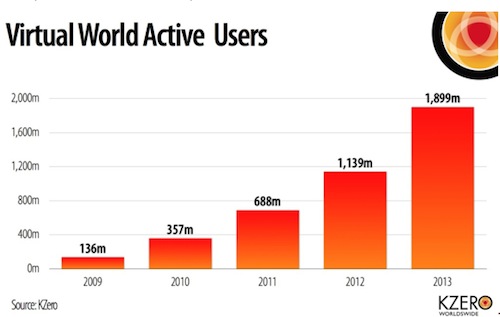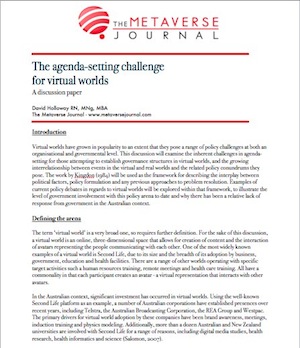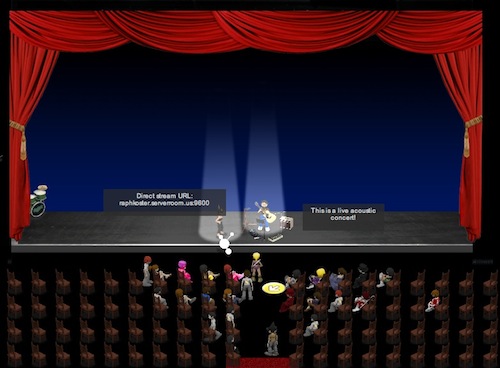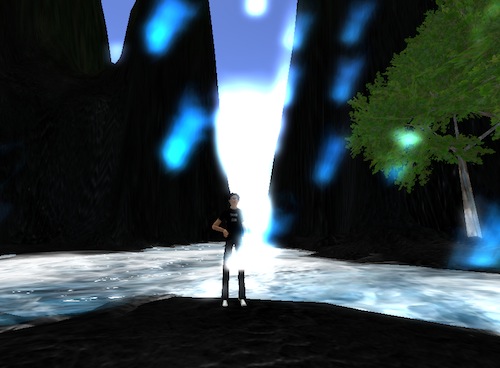 Just a quick heads-up that Beautiful Kate as of today is available locally (PAL version) on DVD.
Just a quick heads-up that Beautiful Kate as of today is available locally (PAL version) on DVD.
For those in the United States, the film is also showing this coming weekend at the Palm Spring International Film Festival. Hopefully that will lead to some wider screenings throughout the US.







Recent Comments